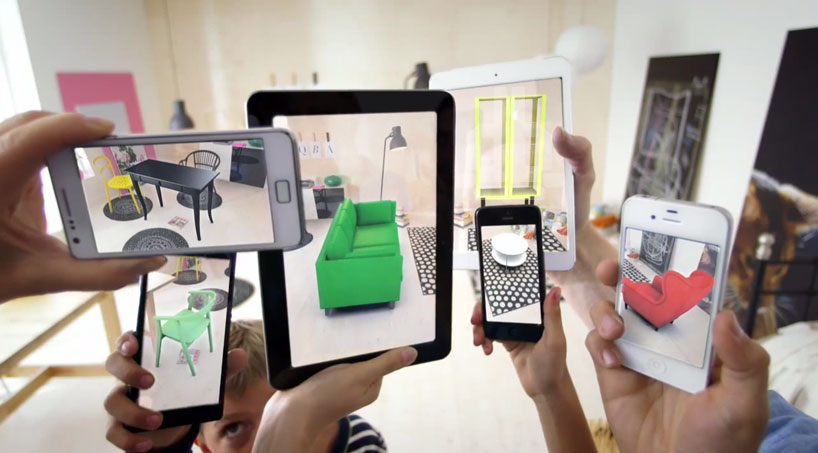Virtual and Augmented Reality are now a Reality for the Furniture Industry
We all remember when technology used to take five years to reach a new era and take us by surprise with some crazy gadget that did the unimaginable. Well, now it doesn’t take five years anymore, it takes one. As we talked about in our last blog, some companies and industries are still struggling to keep up with all of the technological advancements, and it doesn’t look like things are going to get any easier for them. The introduction of Virtual Reality and Augmented Reality into the retail world is revolutionary. It’s going to put a select group of companies way ahead of the game, and a whole lot of them far behind.
Having a Virtual Reality headset at home is desired by many, but unattainable for most, due to its high cost, although it has been around for a few years. Some brands saw this situation as an opportunity to make in-store VR experiences in order to attract clients to their physical locations, and it has been working out pretty well. TOMS, famous for their One for One campaign and uniquely designed shoes, can take you on a trip to Peru, tour guide included, to watch them give away shoes to the less fortunate children, all of that without leaving their store. In times like these, when anyone can purchase anything from the comfort of their own home, exercising your creative problem-solving skills to attract customers to your store can be crucial.
The Rise of Augmented Reality
If Virtual Reality isn’t high-tech enough, some companies are going further, making Augmented Reality apps. Ikea, for example, has developed an app where you can preview what their furniture will look like in your apartment — or at work, or on the streets, or anywhere you want — with the ability to rotate and move them around, simply by using your phone’s camera. That means you can retire your measuring tape and start pointing your phone everywhere, “like it’s 2017”. Other furniture companies such as Jerome’s and Wayfair have followed Ikea’s lead, in an attempt to stay ahead of the curve while generating revenue and reducing costs, and it has been working out great for them. Not to mention the buzz it creates, which we all know is good publicity.
But this technology isn’t restricted to retailers. Houzz, which is a platform for home remodeling and design, also has an AR app that provides more than 300,000 items out of their eight million product catalog, basically turning your phone into a virtual showroom that fits in the palm of your hand. Although this isn’t the company’s first rodeo when it comes to apps — they have a previous version that allowed users to place an image of a furniture on top of a flat photo taken with their phone — they are betting on this new version to upsell and create better engagement with its users. According to Houzz, people who used the first version of the app were 11 times more likely to make the purchase, and 50% of shoppers have used it!
What can we take from all of this? Technology is always here to help. Virtual and Augmented Realities can help us save time, money and space, and we can all benefit from it. Affordable VR headsets are right around the corner and we’ll all be able to be fully immersed in a virtual world, anytime, anywhere. What’s next? Holographic ads? Well, those already exist, too. Welcome to the future.





Sorry, the comment form is closed at this time.